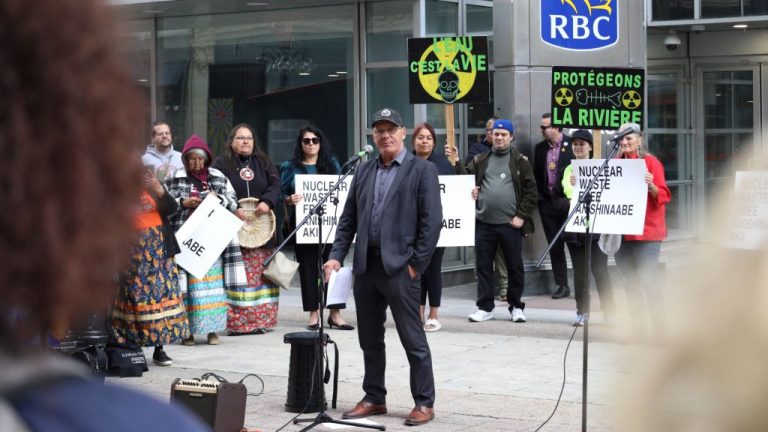Appeal In Nuclear Waste Case Tests Limits Of First Nations Consent
A contentious radioactive waste disposal facility near the Ottawa River is back in court, and the outcome will set an important precedent for Indigenous Rights and consultation.
Canadian Nuclear Laboratories (CNL) is trying to overturn a federal court’s decision that found Kebaowek First Nation was not properly consulted on a near-surface nuclear waste disposal facility near Chalk River, Ont. This development is the latest in a long saga of court challenges and appeals since the Canadian Nuclear Safety Commission greenlit the proposed facility on Jan. 9, 2024.















